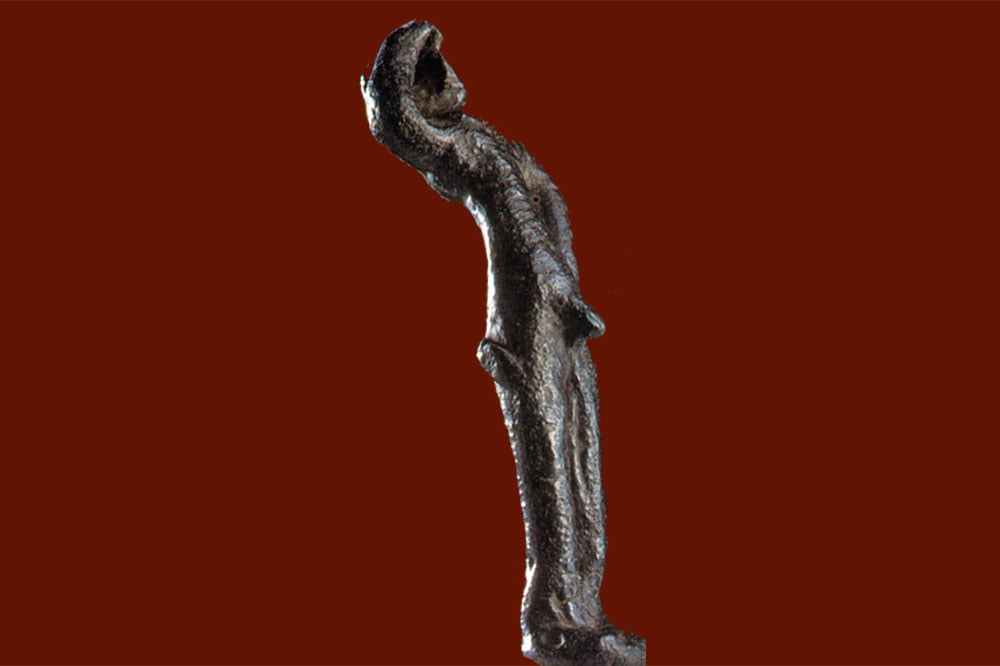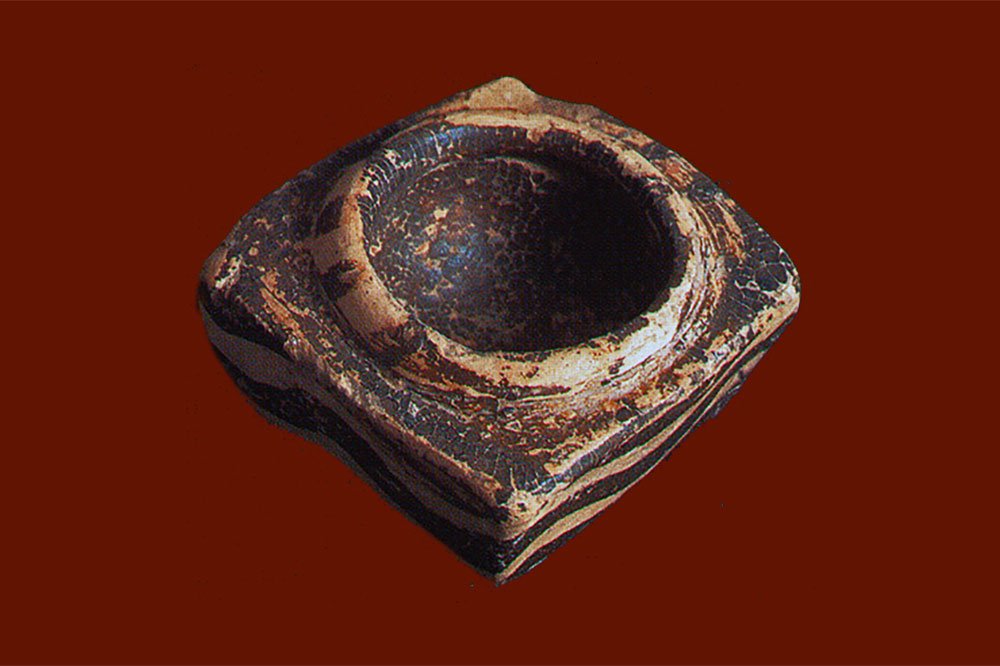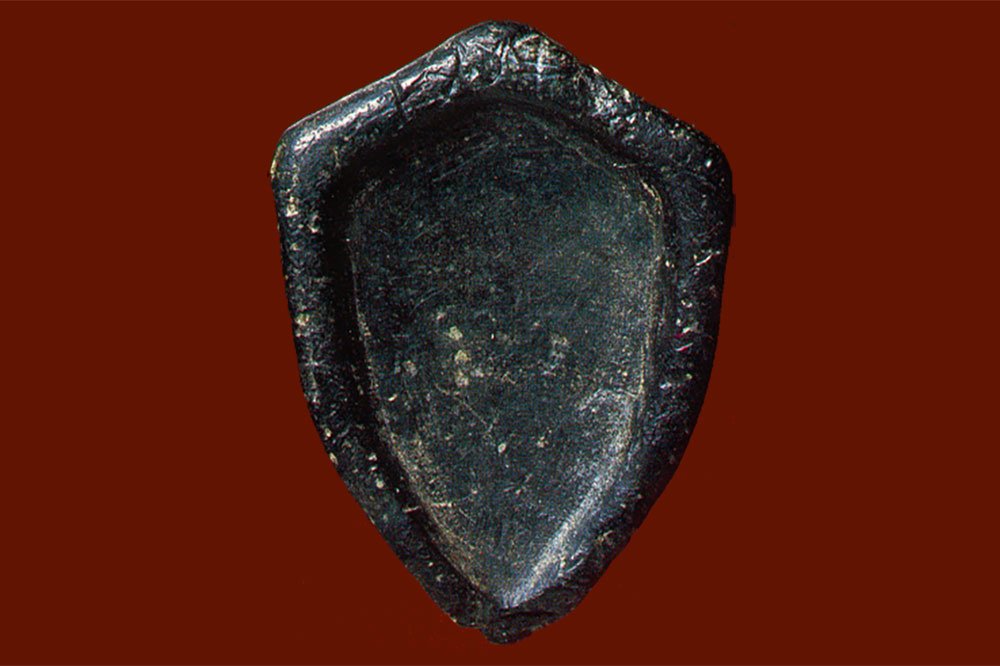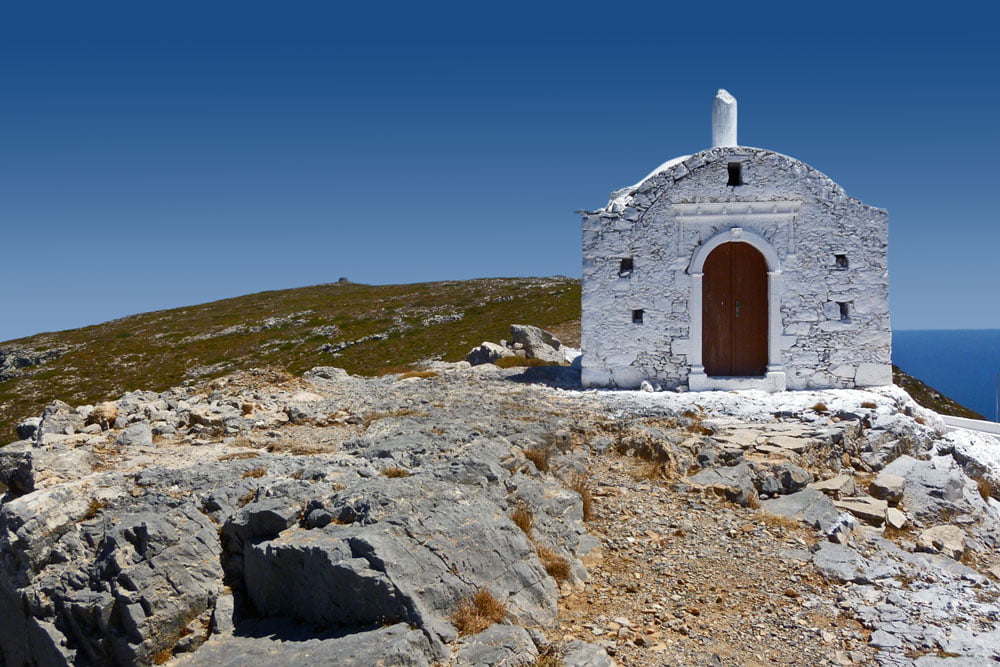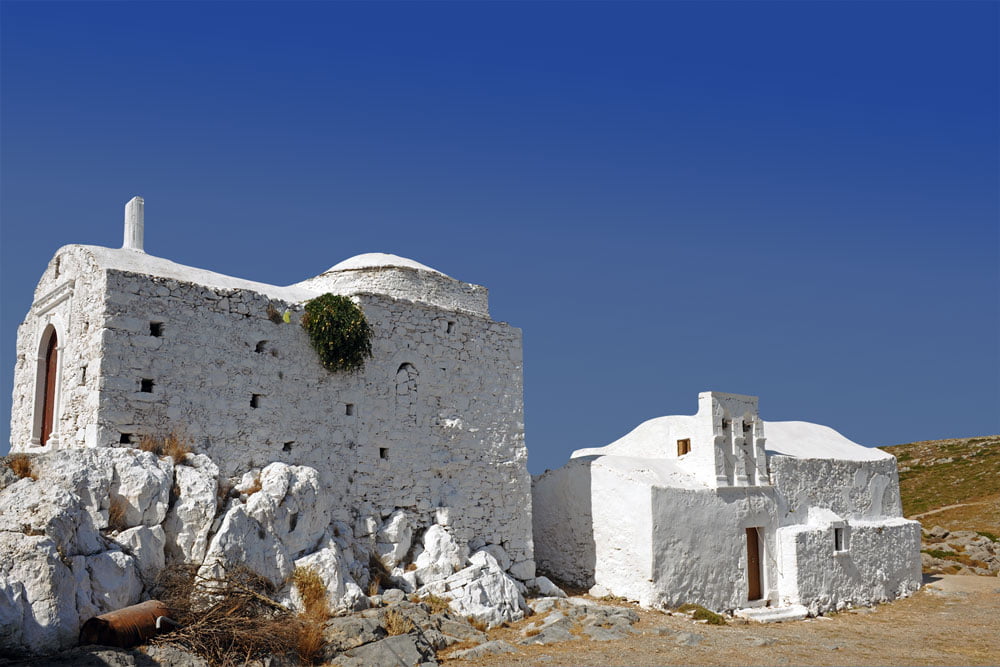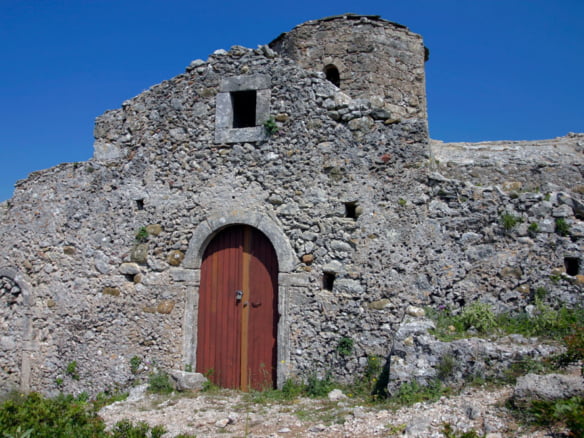Minoan Peak Sanctuary
Description
The empire of Minos!
It is known that the Minoans had a relationship with Kythera already in the third millennium BC. The Minoans despite their self-sufficiency had developed intense commercial relations even with more distant regions. Many exotic products came to Crete from Egypt and the East, ivory and hippopotamus teeth, ostrich eggs. Pambolla are the objects found in Crete made of semi-precious stones, such as sardius, amethyst, agate, sardonyx, hematite, onyx, chalcedony and orea crystal. In addition to the raw materials, they made objects, seal stones from the East, stone vessels, scarabs from Egypt.
It was therefore natural for Crete to have trade relations with much closer areas, mainland Greece, Asia Minor and the islands, both the Dodecanese and the Cyclades. A multitude of archaeological findings on various islands confirm that the Minoans had established stations and markets at key points, even colonies. Milos, Kea, Thira, as shown by the excavations carried out years ago, are the most characteristic examples. The presence of the Minoans in Samothrace has recently been confirmed. Recent excavations in Asia Minor’s Miletos have brought to light rich Minoan elements, even remains of wall paintings, as well as inscriptions engraved on vases in the Minoan Linear 1 Script. Miletus, grandson of Minos and mythical founder of Miletus, and other relatives of Minos are said to have colonized some islands. Minoas is the name given in tradition by Minoas himself to various places in the Aegean.
From this network of strategic points that the Minoans had occupied in the Aegean, it was impossible to leave out Kythera, an island on the way not only to the Peloponnese and mainland Greece but also to the West. The first traces of the Minoans in Kythera were discovered in the 1930s. Then in the 1960s, with the great excavation of the English archaeological school in Kastri, near Aulaimon, the Minoan colonization of Kythera was confirmed. The excavated houses were typical Minoan, their inhabitants, as in Crete, used the same objects in the same way. The same were their tombs, those discovered a little further on, the same burial customs. The only thing missing from the Minoan colony of Kythera was a sanctuary. A mountain with a height of 350 meters, just four kilometers from the Minoan settlement in Kastri, carefully hid its secrets until 1991.
The findings of the excavation
In the few years that the excavation lasted, the numerous findings proved day by day the Minoan cult on the island. Of course, the ceramics were very often broken, but their study showed that they belonged to various types, from small prochoides and cups, which contained the humble liquid and solid offerings of the faithful, to large jars, where the priesthood would collect the goods. Many clay vessels had a purely religious use, such as the rytas, vessels with a hole to pour the libations, or even the pyrenes, the censers. And even the kerni, the vessels with multiple cavities, which were later used in the Eleusinian cult, to contain the beginnings, the first fruits of the earth. There were also clay figurines of people and animals, mainly bulls, and even a bird figurine, but it is not certain that it is a dove, so it would be related to Venus, which Homer already calls Kytheria. A jar was found with the potter’s mark engraved on it. Perhaps it depicts a ship. On the slope, a little lower, as if they had once tumbled down, pieces of large Minoan jars with impressive plastic decoration were found, such as a piece with plastic clams and shells reminiscent of a seascape and others of pitho rims with plastic representations.
Of the 170 known bronze Minoan figurines that exist today around the world, St. George hid another 83. A female figurine was found with the comb and folds of the skirt clearly visible and one of the figure’s hands resting on the forehead. Most figurines have the right hand on the forehead (respectful posture) and the other on the side. The current military salute probably originates from this ancient stance. This attitude is “on purpose”. This is a typical posture of Minoan figurines. The worshipers thus seem to be trying to hide themselves from the glare of the sulfur which projects before them.
A great many votive offerings, bronzes and ceramics, were also found. These little treats are perhaps the most touching. A small bronze hand, a leg with a hole for hanging, small heads and full-length statuettes, all so similar to our present-day tamas, have been reverently offered to some Minoan god we do not know.
The most luxurious utensils were stone. It is characteristic that some of the stone artefacts were made from pieces of Laconian land, porphyry and Spartan basalt, stones that were sought after, since they were also exported to Crete. A lamp was also made of porphyry, which reveals other interesting facts about the cult, that there would have been some night ceremonies, pannychides, for which larger and more permanent sources of light were needed. As it has also been argued by religious scholars, ritual fires were often lit in various open-air worships and probably various offerings, found among ashes, were also thrown into them.
Perhaps the most important find, however, is a microtechnical vase made of black steatite with an incised inscription in Linear I, the first Minoan inscription known from Kythera. Its three engraved points are read da-ma-te, which naturally brings to mind the name of Demeter.
The strategic importance of the sanctuary.
It is remarkable, that from the height of 350 meters of Agios Georgios in the Mountain, one supervises not only the coasts of the southwestern Peloponnese from Kavo-Malia to Taygetos in the background, but also a large part of the Aegean Sea. On a clear day, not only Antikythera can be seen in the south, but also the mountains of Crete, the White Mountains and Psiloritis, an extremely important element for early navigation, while to the east, in the distance of the horizon, are Milos and Santorini. From here all sea passages from North to South and from East to West are controlled.
Information from the time of the Venetian occupation is characteristic of the importance of the position of Agios Georgios on the Mountain. It is stated in various sources that from March to October, the months when naval operations were carried out in the Aegean, there was always a guard at Agios Giorgis – the Capo San Giorgio of the Venetians – and fires were lit at night, so that the Venetians in Crete would learn the position of the Turkish fleet. Why didn’t the Minoans also light fires other than ceremonial ones? As for them, so for the Venetians, Kythera was the “eye of Crete”. Whoever wanted to dominate the Aegean, had to possess Kythera.
As the finds show, the Cretans arrived in Kythira around 2000 BC. and their colony flourished until about 1400, when the Minoan maritime rule also collapsed. The findings on the mountain top are continuous, reaching to our days and suggesting that St. George on the Mountain was never abandoned by the people. The Minoans would live up to 1400, then came the Mycenaeans, the Greeks, then the Christians. With the settlement of the Christians, the first Christian buildings were built on the top and in those years, in the 6th or 7th century, the famous mosaic on the floor of Agios Georgios, known and published by G. Sotiriou in 1923, dates from the same period. the mountain peak began to know glories again. Several Byzantine coins were found and among them a superpyro (silver gilt) coin of Basil II, with enthroned Christ on one side and the emperor holding a scepter in his right hand and a globe in his left hand on the other.
Today there are two Byzantine churches on the top of the mountain. The first is of Agios Georgios, from which the mountain got its name. Next to Ai-Georgi was built the double-aisled church of Panagia Myrtidiotissa, where Agios Nikolaos is also celebrated. A short distance separates the two churches that are built on a rock. A few meters further there is an arched cell where the Christians lived and perhaps in the same position other priests before them. In the courtyard formed by the small churches and the cell, intact layers as well as Byzantine ones were found.
The great discovery.
The story of the discovery of the Holy Summit in Agios Georgios began on a hot afternoon in August 1991, when the editor of “Estias” Adonis Kyrou climbed the rugged ridge of the mountain that dominates the beach of Avlaimon. Although a publisher, Mr. Kyrou is known for his passion for archeology and his studies on the subject. Thus his indignation when, upon reaching the top, he discovered that there was a dirt road behind him was tempered by seeing what looked like a small bronze statue emerge from the dirt at his feet. Farther on he saw another, while the whole area around the church was strewn with fragments of pottery. It didn’t take him long to realize where he was.
He immediately notified the professor of Prehistoric Archeology Mr. Yiannis Sakellarakis and a few days later the archaeologist was in Kythira with his wife, also an archaeologist, Mrs. Efi Sakellarakis. A brief visit to Ai-George on the Mountain was enough to convince all three that they were in the Minoan Summit Sanctuary of Aulaemon. The Archaeological Service was immediately notified and a short sample excavation was carried out the following year.
| Nearest attractions | |||
|---|---|---|---|
| Avlemonas | The Venetian Castle | Scandia | Paleiopolis Castle |
Open on Google Maps
Λεπτομέριες
Additional Details
- Hora: 21 km
- Agia Pelagia: 22,9 km
- Port: 9,1 km
- Airport: 15,5 km
Address
- Location: Avlemonas




































